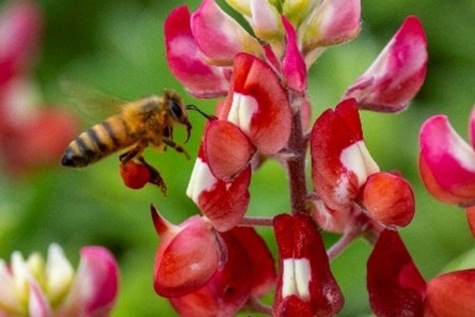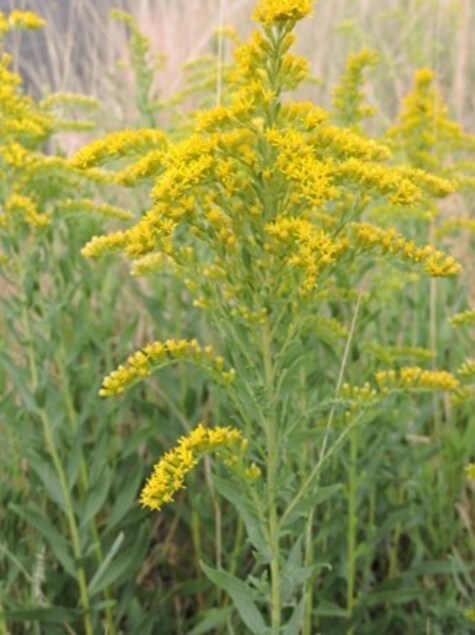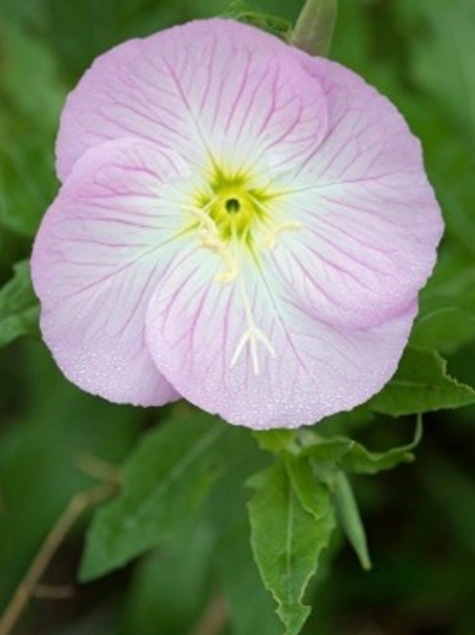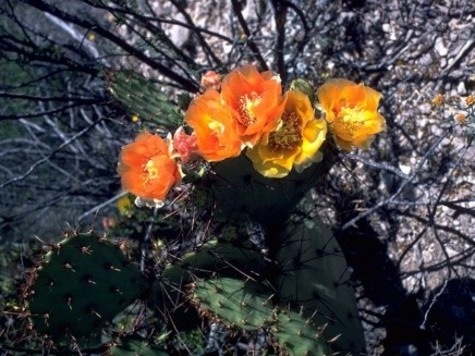
Bee on Bluebonnet
Wildflowers aren’t meant to be cut and tamed. They’re meant to be loved and admired. – Anthony T. Hincks
This time of the year, the roadways and pastures come alive with color and sweet smells. Texas wildflowers are a wonder of the world that no matter how many seasons you live through, it is never enough. I am sure every one of us has a baby picture our parents took on the side of the road in the bluebonnets. With over 5,000 species of wildflowers, there is always something to see!
It is widely known that the Bluebonnet is the state flower of Texas, but did you know there are six Lupinus species that fall under that title? With blue being the most common, these beautiful flowers also come in pink, white, and Aggie maroon. The Texas Lupine has larger, more sharply pointed leaves with up to 50 flowers per stock, than similar Lupines.

Goldenrod
Bluebonnets are well known and loved. There are many wildflowers that get a bad name; tall Goldenrod is one of those flowers. Commonly mistaken with ragweed it’s a totally different flower. Goldenrod has larger blooms that are filled with nectar to attract pollinators. This characteristic makes it less bothersome to allergy sufferers than ragweed and therefore easier to love.

Pink Evening Primrose
Pink Evening Primrose, also known as Pink Buttercups, has delicate four petaled flowers. As the name implies, these blooms open in the evening and close early each morning but only in northern locations. In Texas, they open in the morning and close in the evening. Though their petals are soft and flimsy, this is a drought hardy plant!

Prickly Pear
One you may not consider a wildflower is the Prickly Pear cactus. This perennial blooms in a wide shade of yellow to red colors from the Rio Grande Valley up to the Texas Panhandle. The fruits can be used to make jellies, added to adult beverages, and roasted to eat whole.

Engelmann’s Daisy
Yellow is a dominant color along Texas highways and pasture lands. It’s made up of many different types of daisy and buttercup flowers. Engelmann’s Daisy is part of that group and one of the most abundant. Standing roughly 2 ft tall, with long stalked, eight-petaled flowers sitting on top, the genus is named for George Engelmann (1809-1884), a botanist that described this genus throughout North America.
Get out and take a drive during peak wildflower season! We are lucky in the Texas Hill Country with a lot of route options. Texas Highways magazine has an article detailing 12 scenic wildflower routes throughout Texas (M. Gaskill). The Hill Country route showcases more than 400 species of wildflowers between Fredericksburg, Johnson City and the Lyndon B. Johnson State Park & Historic Site. If you live on the western side of the area, the Western Hill Country Route is for you, traveling through Leakey, Bandera, and Utopia.
– Brittnay Meyer Horticulture Agent